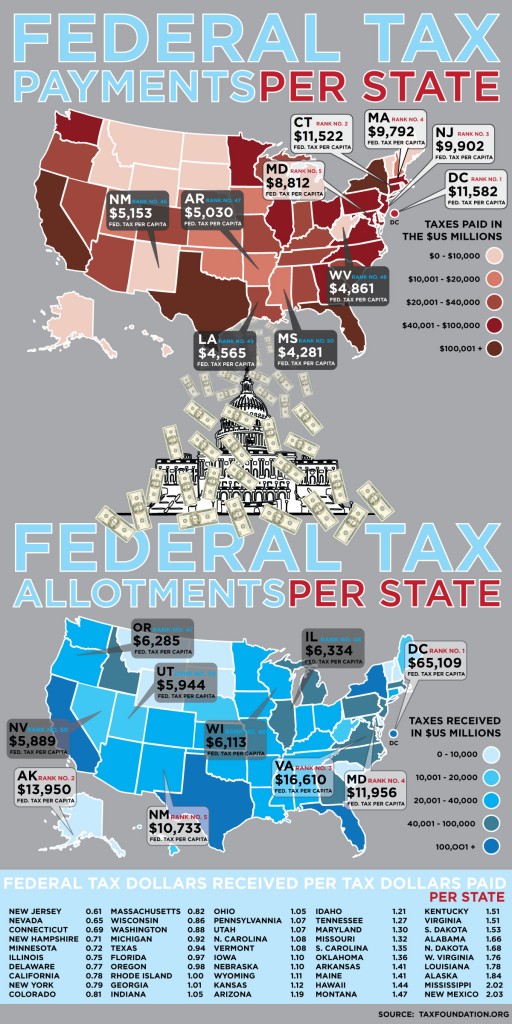Missives from Marx sent in a link to this animated time line documenting the diffusion of various political-economic systems (e.g., fascism, democracy, and feudalism) over world history. It can be read as a story about the triumph of democracy, but it’s also illustrates how political-economic systems are not natural, but invented during particular historical eras, and diffuse or disappear as a consequence of war, geography, and other geopolitical factors.
Lisa Wade, PhD is an Associate Professor at Tulane University. She is the author of American Hookup, a book about college sexual culture; a textbook about gender; and a forthcoming introductory text: Terrible Magnificent Sociology. You can follow her on Twitter and Instagram.



























